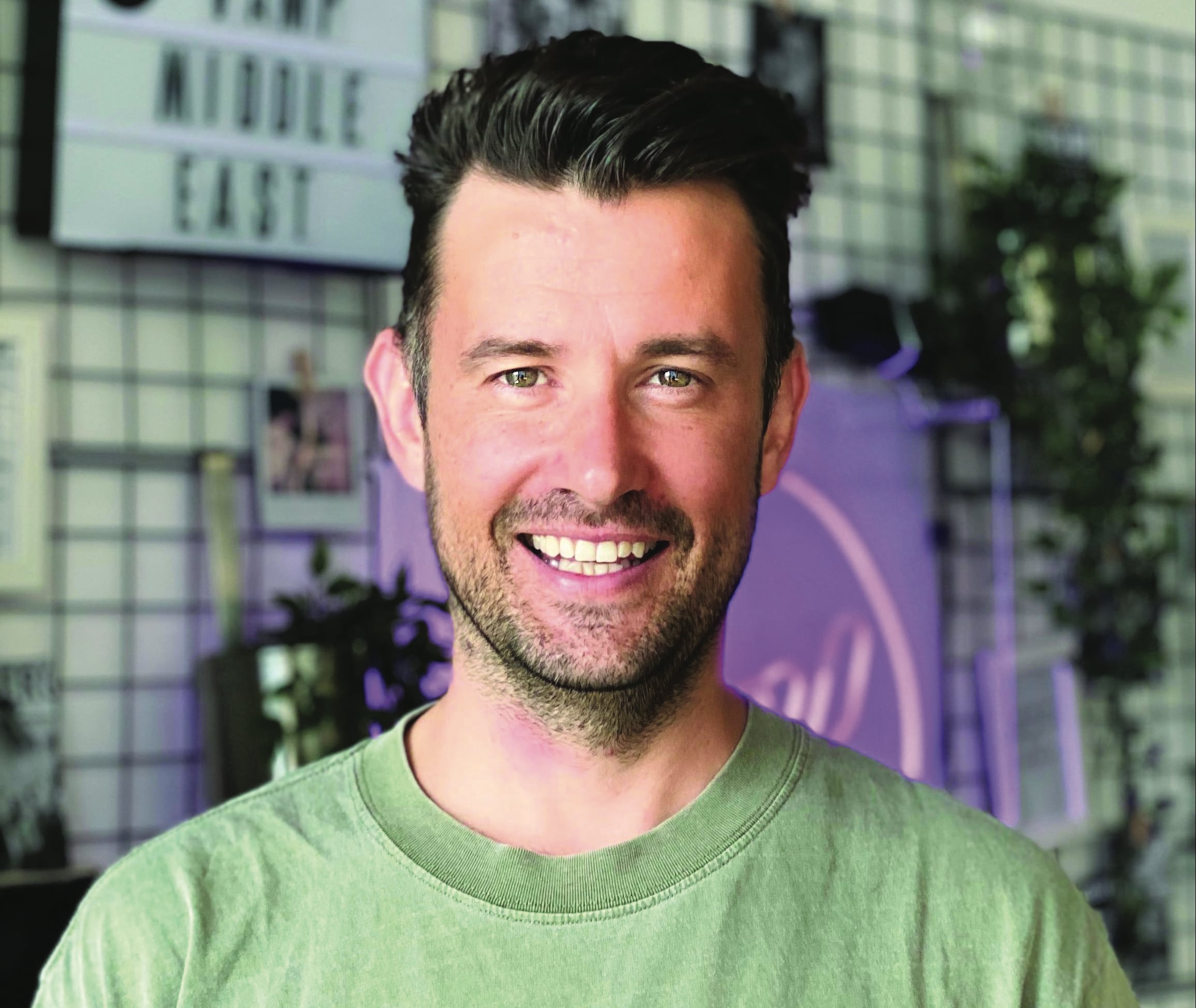
For influencer marketing, 2023 was another year of growth. More companies than ever are utilising the channel (as high as 78 per cent in the US), the overall industry value grew to $21.1 billion globally, and spending on influencer marketing globally reached $26.09 billion.
If you’re not already utilising the channel, now’s the time. If you are a regular influencer marketer, then you’ll know success often comes down to staying on top of existing and emerging trends. There were plenty that we saw in 2023 that we expect to continue – AI, short-form video, TikTok as a key channel, the increasing importance of trends, and the continued growth in social commerce.
But what of 2024?
To get you prepared and ahead of the curve, we’re giving you a rundown of the six key trends we expect to see in the year ahead.
First up, we have been utilising trends and reacting with speed. Trends are growing in importance across the social media landscape, and it’s no difference with influencer marketing. Trends will become the main cornerstone for brands’ influencer marketing strategies this year.
However, the real takeaway here is being able to react at pace.
Two major examples we saw last year were with Stanley bottles and The North Face. Both showed that delivering your message in a timely fashion can lead to high reach, hugely positive sentiment, and supercharged relevance.
This same philosophy can be applied to trends.
Secondly, we’re expecting the relationship between search optimisation and influencer marketing to blossom. It’s no secret that Gen Z and Alpha are turning to social media platforms, as well as Google, when conducting search-based research.
In fact nearly 40 per cent of this demographic prefers searching for info on TikTok and Instagram over Google.
We’ve helped clients use this fact to boost their campaign performance. By searching the platforms for terms relevant to your community and brand, you can create content types that you can see are already connecting well within your target audience around specific subjects.
This heightens your chances of higher reach, engagement and, subsequently, revenue. Next up we have AI.
2023 was the year of broader adoption of this revolutionary technology, we expect this to become even more commonplace and have a material impact in 2024. We see this in a couple of ways.
One, creators are going to be adopting this technology themselves to improve efficiencies, fuel creativity and enhance their creative output.
We also expect to see more players enter the field that will further empower both creators and marketers, improving the relationship between them. Of course, the technology comes with its warnings, but we trust the industry to navigate these with caution.
Now we move onto prioritising sub-communities. TikTok and YouTube in particular have facilitated the ability to target very specific groups of people through clever algorithms, platform functionalities, and, more simply, hashtags.
This, coupled with partnering with micro or nano influencers, is allowing brands to infiltrate and connect with these niches easier than ever before.
We believe marketers are going to become even more sophisticated in their approach to this type of targeting. By creating hyper-relevant content (using search tactics) and activating with trusted community influencers in the space, brands will be able to strike relationships on a much deeper level than was previously possible.
Most of the points above won’t be possible without our next expected trend – demand for authenticity. Last year’s trends of de-influencing, short-form video, and TikTok dominance would not be possible without authenticity.
Consumers are demanding it (particularly Gen Z), and creators are delivering. That’s why 69 per cent of consumers trust influencers over information coming directly from a brand. 2024 will see less brand messaging and more relatable and personable content collaborations.
Marketers that stick to overt brand and product messaging will lose out to those that prioritise being informative, entertaining, and/ or inspiring with their creator collaborations.
Our final trend we expect to see is brands building long-term relationships with creators. Our own consumer survey showed that 44 per cent of consumers want to see creators working with multiple brands. This ladders back to the authenticity point.
By working with more brands, the perception is that their views will be more objective, as opposed to towing brand party-lines when acting as an ambassador.
Having said that, we still expect that this year will see brands striking up longer term relationships with trusted creators.
We think this as, without it, many of the points already mentioned – namely reacting with speed, targeting sub communities, and achieving more authentic content creation – won’t happen.
Brands and creators need to trust each other fully to achieve the best results and it usually takes time to develop that understanding.









